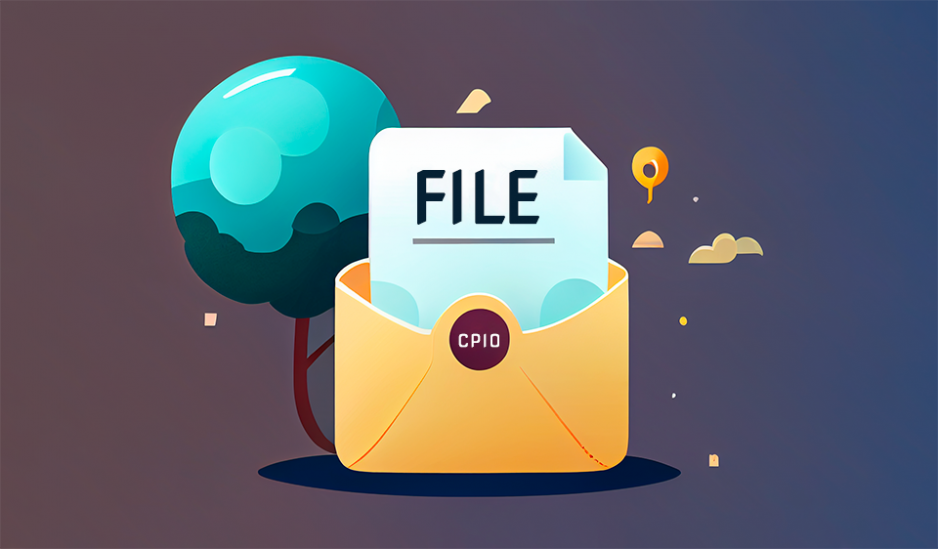What is GZIP?
GZIP is a data compression program that uses the Lempel-Ziv-Markov chain algorithm (LZ77) to compress data. It was developed by Jean-loup Gailly and Mark Adler in 1992 and is widely used for compressing files, particularly on the Unix and Linux platforms. GZIP is often used as the default compression program for the tar archiving utility, which allows users to create a single file from multiple files.
How does GZIP work?
GZIP works by analyzing the data in a file and identifying repeated patterns of data. It then replaces these repeated patterns with a reference to the first occurrence of the pattern, reducing the overall size of the file. The resulting compressed data is stored in a GZIP file, which is typically identified by the .gz file extension.
Advantages of GZIP
There are several advantages to using GZIP for data compression:
- GZIP is highly effective at compressing files, often achieving better compression ratios than other popular algorithms such as ZIP.
- GZIP is fast, both in terms of compression and decompression speed.
- GZIP is widely supported, with support for the format built into many operating systems and software programs.
- GZIP is open-source, which means that it can be freely used and modified by anyone.
Uses of GZIP
GZIP is often used to compress individual files, such as text files, images, and executables. It is also used in conjunction with the tar archiving utility to compress and archive multiple files into a single .tar.gz file. GZIP is also commonly used to compress files that are transferred over the internet, such as web pages and email attachments, to reduce their size and speed up the transfer process.









